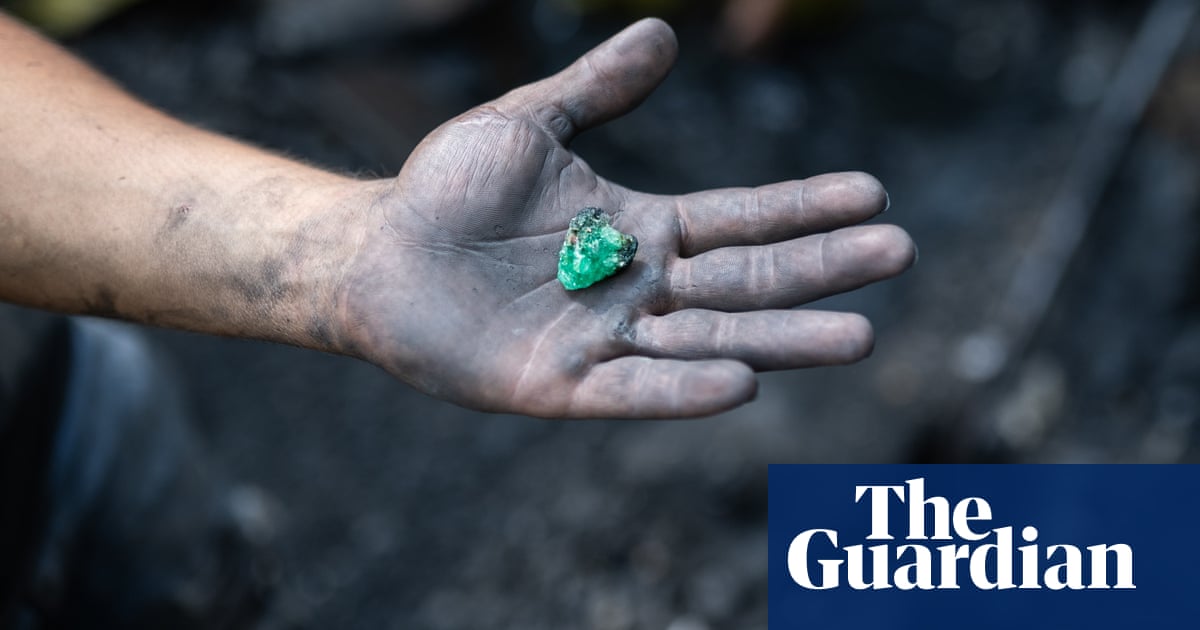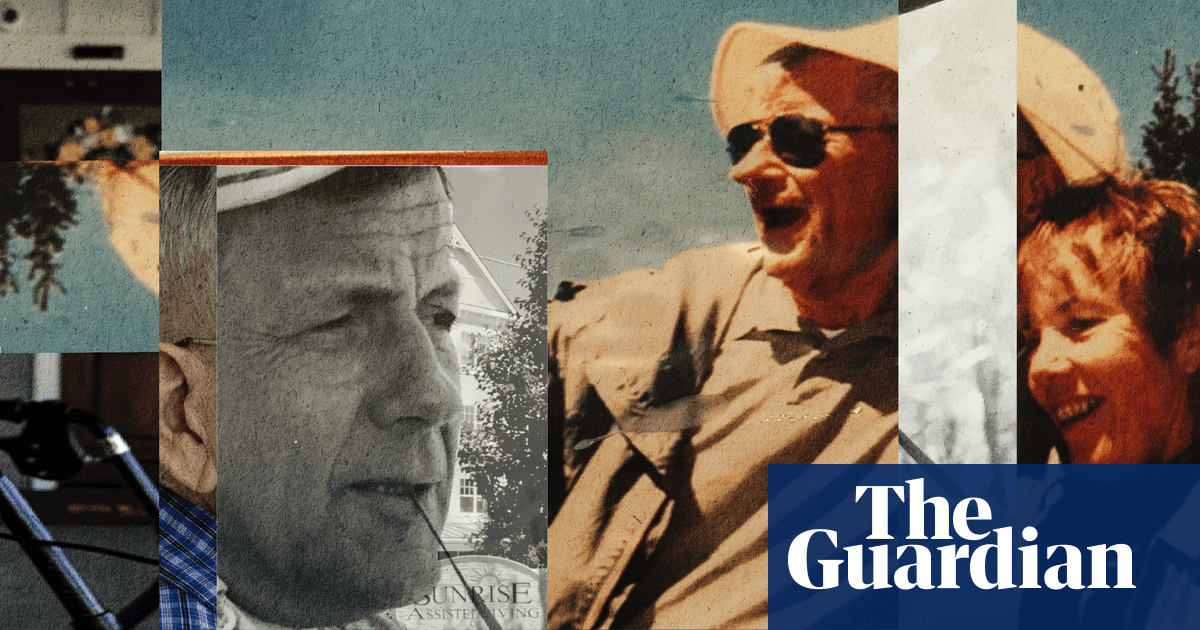River Babble
I
The wreathing of my rhymes has helped to chase
Away despair from many a wingless day;
And in the corners of my heart I pray
That they may last, or leave at least some trace:
Yet would I tear them all, could that replace
The fly-rod in my hand, this eve of May;
And watch the paper fragments float away
Into oblivion on a trout-stream’s face.
Thou fool, thou fool! thou weary, crippled fool!
Thou never more wilt leap from stone to stone
Where rise the trout in every rocky pool;
Thou never more wilt stand at dusk alone
Beside the humming waters, in the cool,
Where dance the flies, and make the trout thy own!
II
And yet I think — if ever years awoke
My limbs to motion, so that I could stand
Again beside a river, rod in hand,
As Evening spread his solitary cloak —
That I would leave the little speckled folk
Their happy life — their marvellous command
Of stream’s wild ways — and break the cruel wand,
To let them cleave the current at a stroke,
As I myself once could. — Oh, it were sweet
To ride the running ripple of the wave
As long ago, when wanes the long day’s heat;
Or search, in daring headers, what gems pave
The river bed, until the bold hands meet
In depths of beryl what the trick’d eyes crave.
Eugene Lee-Hamilton (1845 - 1907) is associated with the poets and artists of the Aesthetic movement, and the tenet of l’art pour l’art rather than art for the sake of realism or moral homily. He is remembered especially for his skill in the Petrarchan sonnet, a form of inherent aesthetic distinction, and also one amenable to the need for composing (“wreathing … my rhymes”) mentally for others to write down. This was important, because Lee-Hamilton was disabled as a young man by a long-term condition that left him paralysed. He moved to Florence to be cared for by his half-sister, the writer Vernon Lee, and Matilda, their mother, and eventually he began a slow recovery which brought about a (sadly temporary) remission.
The paired poems of River Babble come from his 1894 collection, Sonnets of the Wingless Hours, a later edition of which can be read here. River Babble belongs to the first of the five sections, A Wheeled Bed, voicing the frustration and time-heavy boredom of a once active and ambitious young man confined to what he addresses elsewhere as “hybrid of rock and of Procrustes’ bed, / Thou thing of wood, of leather and of steel…”
River Babble is angry at times, but richer in memories and longing. The scenes recalled are not primarily there to be enjoyed by the aesthetic eye, however: beauty is embodied by movement and sensation, now irretrievable.
It begins with the consolations of rhyme-wreathing and the secular “prayer” that the poems “leave at least some trace”. But the next quatrain gives voice to fierce denial: the poems and their posterity would mean nothing if the poet could only recover his ability to fish the trout-streams and pools. And, by the first tercet, the mood has darkened to self-castigating fury at those fantasies of recovered strength. The writing in the first sonnet is at its most vivid when it observes ordinary things: fragments of torn paper, the “leap[ing] from stone to stone”, the water “humming” at dusk with insect life.
In the second, equanimity is restored, and the meditation centres on the idea that, if he were cured, he would “leave the little speckled folk / Their happy life — their marvellous command / Of stream’s wild ways.” While “little speckled folk” is almost childish, the image of the “marvellous command / Of stream’s wild ways” is redeemingly fine, giving renewed physicality to the narrator’s remembrance of his own human body when it seemed to share the trout’s “marvellous command”.
But now there’s a flip from exultation (“daring headers”) to mystery. Diving down to the river-bed, the poet feels its surface for gems, “until the bold hands meet/ In depths of beryl what the trick’d eyes crave.” Beryl (“precious blue-green color-of-sea-water stone” as Wiki translates the classical Greek) is a mineral which includes precious stones, such as emerald. Perhaps he’s imagined these shimmering in the river’s depths, and that he could somehow gather up a sample.
There may be a sexual metaphor buried here, but an aesthetic one is also likely. The beautiful form, the Petrarchan sonnet, is associated with precious stones and precious metals elsewhere. For instance, the poem, What the Sonnet Is, concludes, “It is the pure white diamond Dante brought / To Beatrice; the sapphire Laura wore / When Petrarch cut it sparkling out of thought; // The ruby Shakespeare hewed from his heart’s core; / The dark, deep emerald that Rossetti wrought / For his own soul to wear for evermore.”
The “dark, deep emerald” of Dante Gabriel Rossetti’s painting The Day Dream might be relevant to What the Sonnet Is, and, possibly, in River Babble II, it’s Rossetti’s genius-guaranteed immortality that’s encoded in the wishful dive for the beryl. Or perhaps the stone simply represents beauty itself – something whose perfect form, Lee-Hamilton acknowledges, can never be found exactly as “the trick’d eyes crave”.

.png) 2 months ago
47
2 months ago
47













































